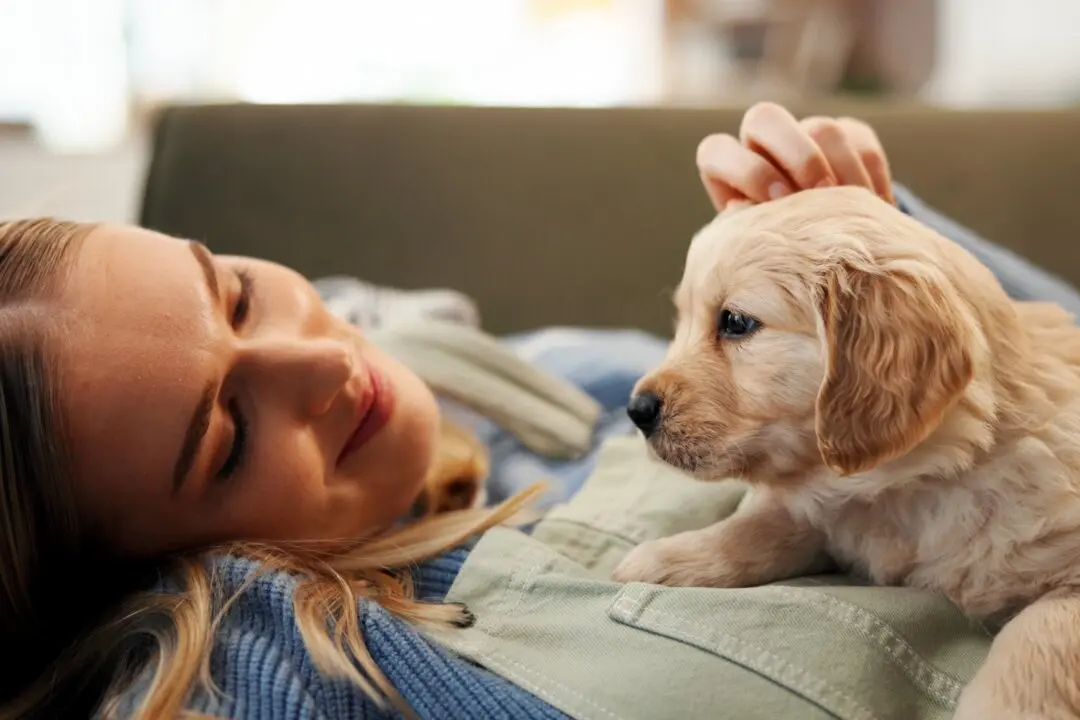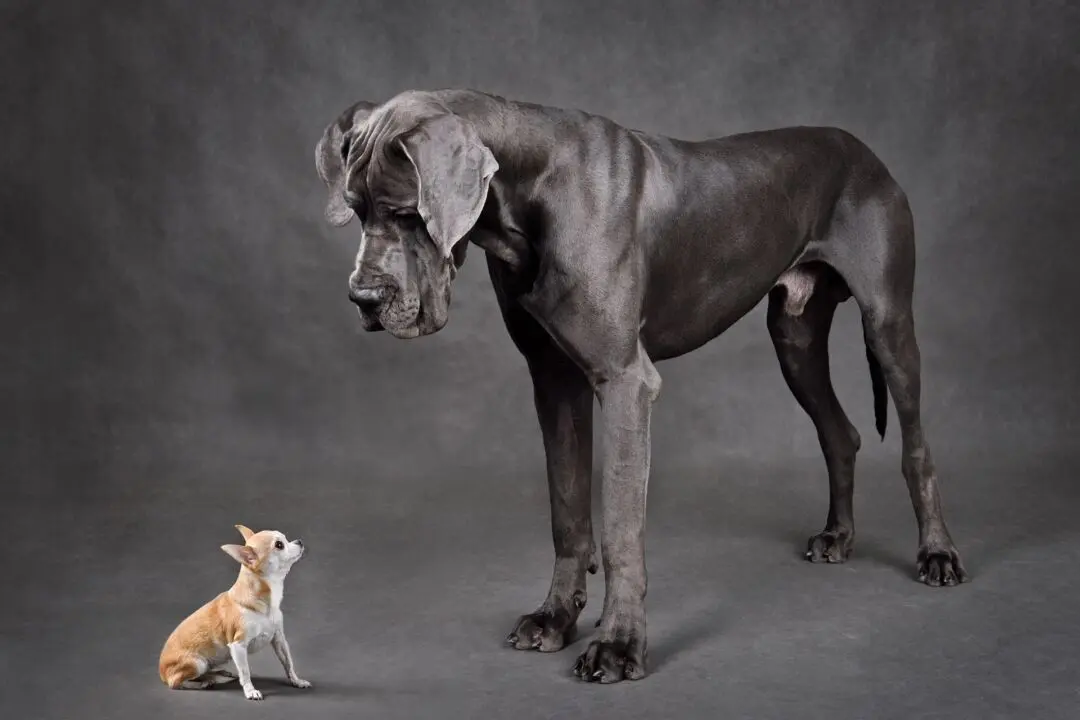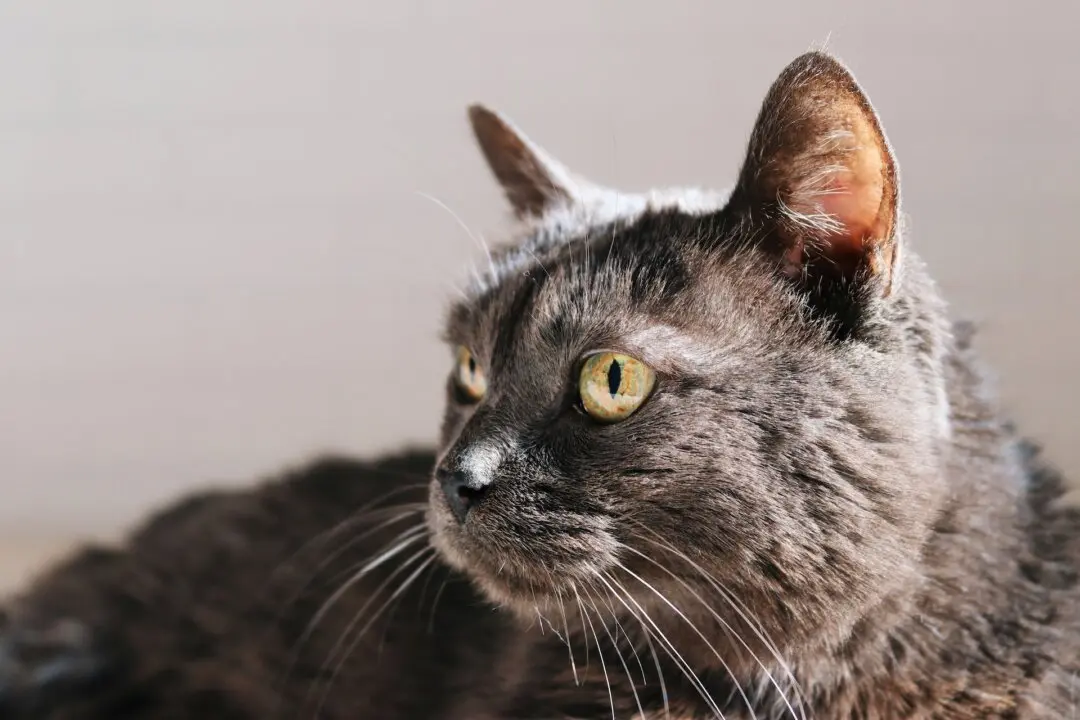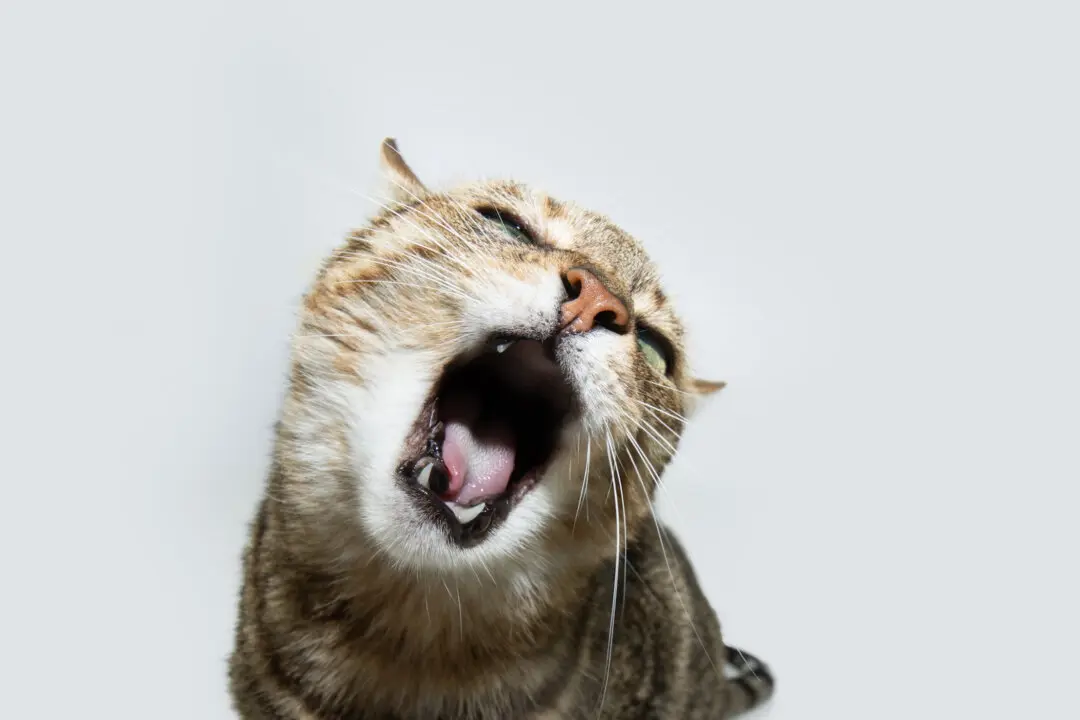Q: Max, our 7-year-old terrier mix, lost his energy, stopped eating, and started vomiting. His veterinarian diagnosed pancreatitis and hospitalized him for treatment. How can we prevent this from happening again?
A: Pancreatitis is inflammation (“-itis”) of the pancreas, the organ in the abdomen that secretes two important groups of chemicals: the digestive enzymes that break down proteins, fats, and carbohydrates; and the hormones insulin and glucagon that regulate blood sugar levels.





